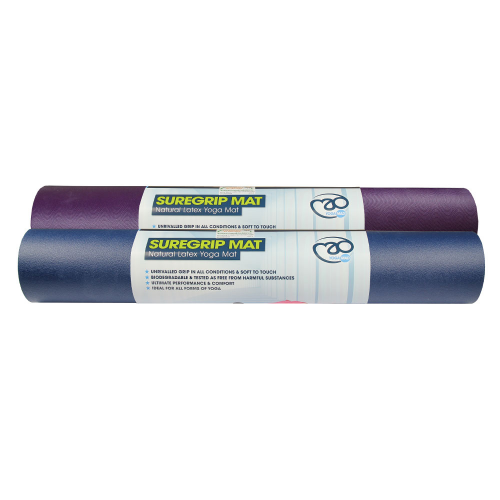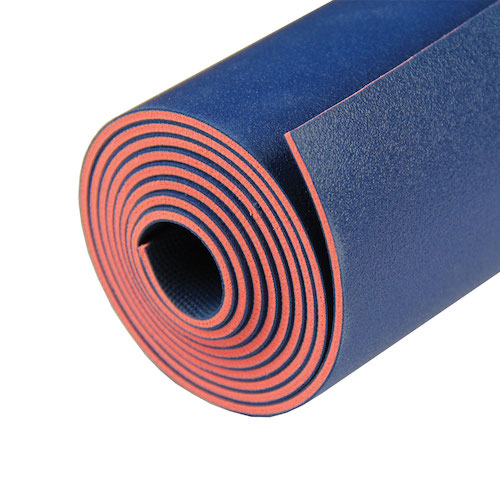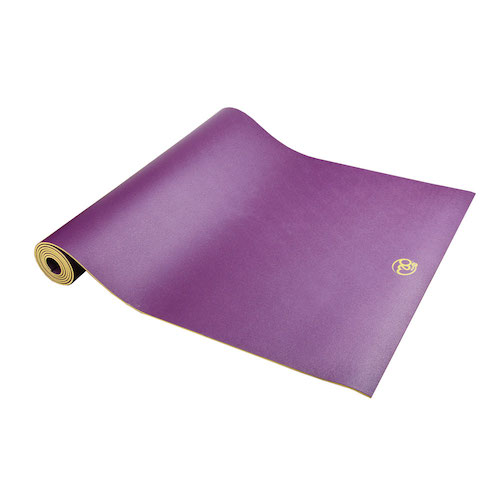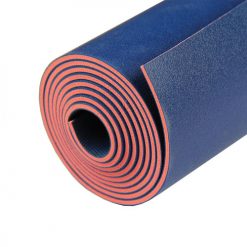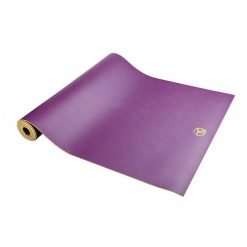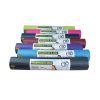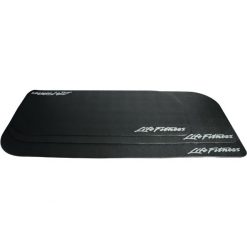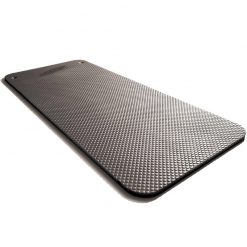Yoga Mad SureGrip Yoga Mat
The Yoga Mad SureGrip Yoga Mat is perfect for all sorts of yogis. In two lovely colours and made from natural latex this is a studio must have.
The Yoga Mad SureGrip Yoga Mat gives the grip you can hold on to.
The Yoga Mad SureGrip Yoga Mat from is made from natural latex, which offers unrivalled grip in most conditions, whilst also being more tactile to your touch! Being both biodegradable and tested as free from harmful substances the SureGrip is better for you and the environment, whilst offering the ultimate performance and comfort during your practice. Ideal for all forms of yoga. Made in Europe, from predominantly natural materials the mat is extensively tested, feels fantastic and grips like no other.
Key features of the Yoga Mad SureGrip Yoga Mat:
- Free from – PVC, Phthalate, Nitrosamines, Heavy Metals, IPPD and PPD
- Material – Natural Latex, hand tapped from the Hevea Brasiliensis tree on 100% cotton webbing
- Available in blue or purple
| Weight | 2 kg |
|---|---|
| Dimensions | 183 × 62 × 0.4 cm |
| Colour | Blue, Purple |
| Warranty | 1 year |
Brand
Mad Group
Mad Group is a one-stop shop for all your functional fitness needs.
Founded in 1923 Fitness Mad ,Yoga-Mad and Pilates-Mad are all part of The-Mad-Group. Their goal has always been to create high-performance equipment at affordable prices and are now one of the UK's leading British own gym equipment brands. Mad Group have consistently won the Intersport UK best equipment brand award and continue to work tirelessly to prove themselves as the best in class. They are popular among commercial and home gyms alike making them a staple for many of our clients.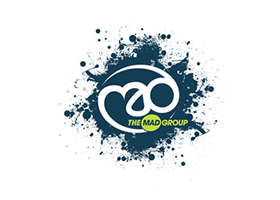
Product Question
Please contact us for international shipping options. We’re able to ship most of our products worldwide.


